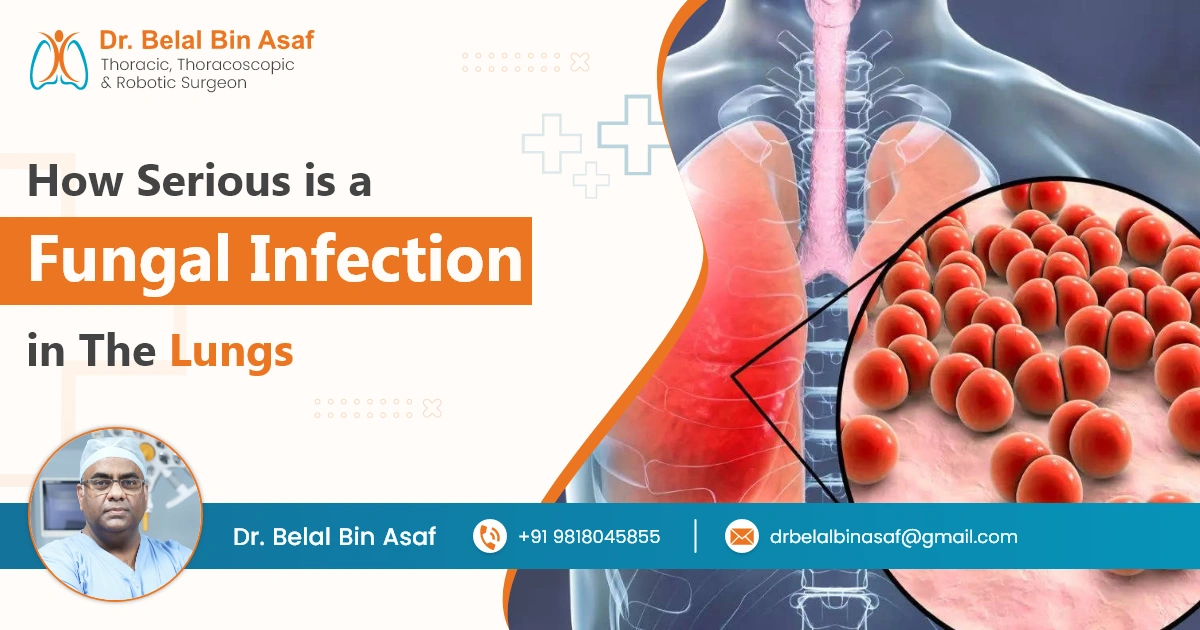When we hear about lung infections, bacteria and viruses often steal the spotlight. Pneumonia, influenza, and even tuberculosis are commonly discussed, but there’s another category of lung infections that can be just as dangerous, if not more so — fungal infections. These infections often fly under the radar but can range from minor irritations to rapidly progressing and life-threatening conditions.
In recent years, fungal lung infections have gained attention, especially among people with weakened immune systems. These infections can be tricky to diagnose, difficult to treat, and devastating if not caught early. In this blog, we’ll explore the different types of fungal lung infections, who is at risk, common symptoms, complications, and ways to protect yourself.
Contents
What Are Fungal Lung Infections?
Fungal infections in the lungs occur when airborne spores are inhaled and take hold in the respiratory tract. We breathe in fungal spores every day — they’re naturally present in soil, plants, dust, and decaying organic matter. For most healthy individuals, the immune system clears these spores without issue. But in certain conditions, especially when immunity is compromised, these spores can grow and cause significant lung disease.
These infections can either remain confined to the lungs or spread to other parts of the body in what’s known as invasive fungal infection, which is much more serious and potentially fatal.













 +91-9818045855
+91-9818045855
